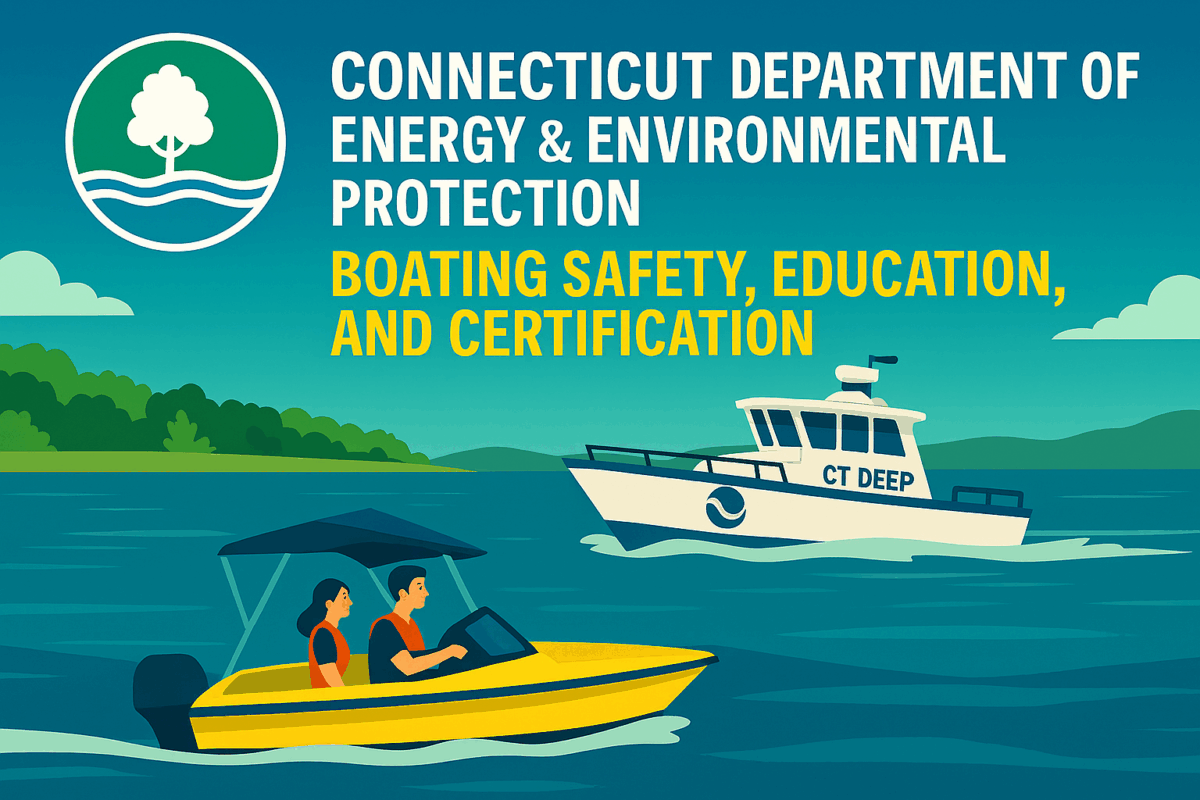Call: 1-800-832-7191

CT DEEP Tide Tables
CT DEEP Tide Tables provide essential tidal data for boaters, anglers, and coastal visitors across Connecticut. These tables include daily high and low tide predictions for Long Island Sound and nearby coastal areas. Because tides affect navigation, fishing, and safety, checking tide tables before heading out is always a smart move.
The Connecticut Department of Energy and Environmental Protection (DEEP) updates these tables annually to reflect accurate NOAA data.
What the Tide Tables Include
CT DEEP Tide Tables list high and low tide times for each day of the year. These predictions are adjusted for daylight savings and based on specific coastal locations like Saybrook Point. Because tide timing varies by location, boaters must use the correct reference point for their area.
The tables also mark full and new moons, which influence tidal ranges. Spring tides occur during full and new moons, producing higher highs and lower lows. Understanding these patterns helps boaters avoid grounding and improves fishing success.
Printed and digital formats make the tables easy to access and use.
Why CT DEEP Tide Tables Matter
CT DEEP Tide Tables support safe and efficient boating. Tidal changes affect water depth, current strength, and dock access. Because low tides can expose hazards, knowing when tides shift helps prevent accidents. Anglers also rely on tides to target fish during feeding windows.
DEEP’s tide tables complement marine forecasts and streamflow data, offering a complete picture of coastal conditions. These resources help boaters plan trips, schedule launches, and avoid delays. Moreover, tide awareness supports environmental protection by reducing shoreline erosion and habitat disruption.
Using tide tables regularly builds confidence and improves decision-making on the water.
How to Use CT DEEP Tide Tables Effectively
Start by identifying your nearest tide reference location. Then, check the daily high and low tide times before departure. Because tides shift slightly each day, reviewing the tables weekly helps maintain awareness. Combine tide data with weather forecasts and current charts for best results.
Boaters should also consider moon phases and seasonal changes. Spring tides may require extra caution, especially in shallow areas. Anglers can use tide timing to plan for optimal catch windows.
Download the latest table from the official DEEP website or request printed copies at local marinas. Staying informed ensures safer and more enjoyable coastal experiences.
